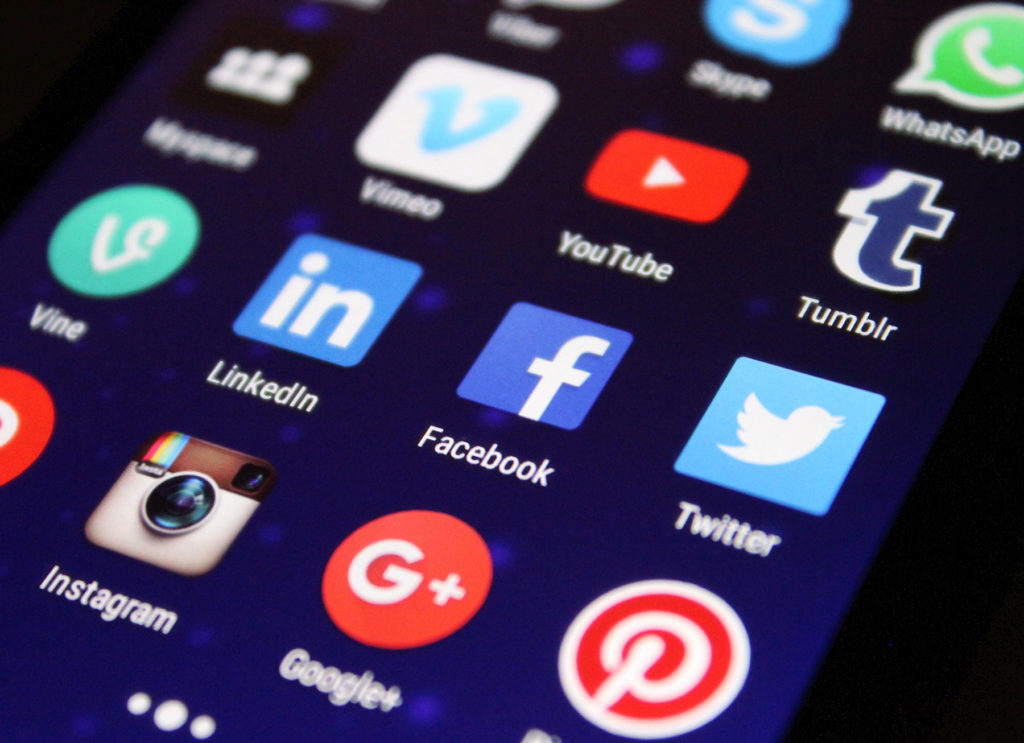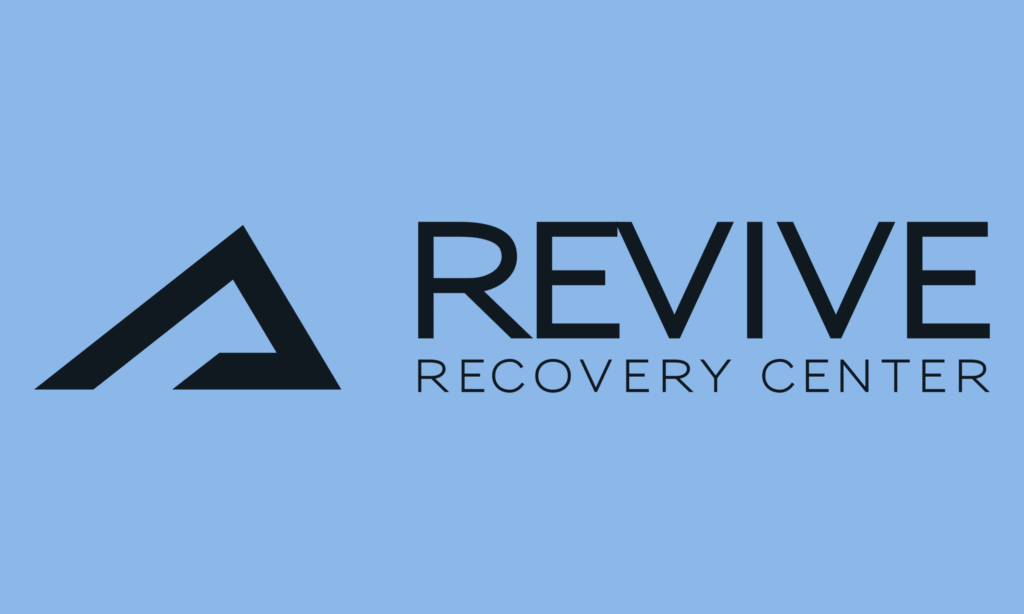By Rob Weiss, LCSW, CSAT-S Tech to Connect These days, virtually everyone owns a computer, smart-phone, or mobile device. Digital interaction is an integral part of our everyday routine. We...
By Rob Weiss, LCSW, CSAT-S
These days, virtually everyone owns a computer, smart-phone, or mobile device. Digital interaction is an integral part of our everyday routine. We check emails and texts, update our Facebook page, fire off a tweet or two, and then finish our morning coffee. Digital interconnectivity provides endless new opportunities that support our very human needs for community and social interaction. Innovations like Facebook, with over 500 million users, and Twitter, with over 300 million
users, now allow real-time interactions with an increasingly wider and more diverse group of people. Best of all, friends and family who may have been too distant for regular contact
just a few years ago can now be intimately folded into our lives. We make friends, we share our experiences, we celebrate, and we commiserate — one world, a growing interactive community.
Th e digital world has also done a great deal toward educating the general public about topics formerly considered too personal or embarrassing to discuss with friends and family or even a professional. anks to the Internet, nonjudgmental clinical information regarding mental illness, spousal abuse, sexuality, relationship intimacy, and drug and alcohol abuse, just to name a few, is now available online 24/7. is availability of much needed information has helped to de-stigmatize formerly shameful topics and facilitate useful connections with like-minded individuals. For partners, pouses, and families separated for long periods of time by work or military service, the tech-connect boom is a godsend. Couples are now able to bond longdistance in real time, sharing a growing child’s latest milestone and even engaging in visual intimacy via the webcams now routinely ncorporated into computers and smart-phones. ose not yet in a committed relationship can put technology to good use when home or traveling via e-dating, establishing and growing budding relationships with less of a focus on who lives where.
Tech to Disconnect
Our increasing online connectivity has also brought with it access to an unending collection of highly rousing sexual content (pornography) and increasingly unfettered connections to willing exual partners. While these activities are a source of highly pleasurable amusement and distraction or he vast majority of healthy people who choose to engage in them, those individuals predisposed to addictive and impulsive behavior patterns can find themselves lost in an escalating, obsessive quest or sexual and/or romantic intensity. Ultimately they begin abusing online sexual experiences — more s a means of escape than pleasure. For such people, viewing online porn and creating quick Internet exual hook-ups can lead over time to an addictive relationship with online sexuality. is in turn roduces profoundly negative relationship, personal, health, career, and even legal consequences — hich are often ignored in order to continue cybersex activities.





























